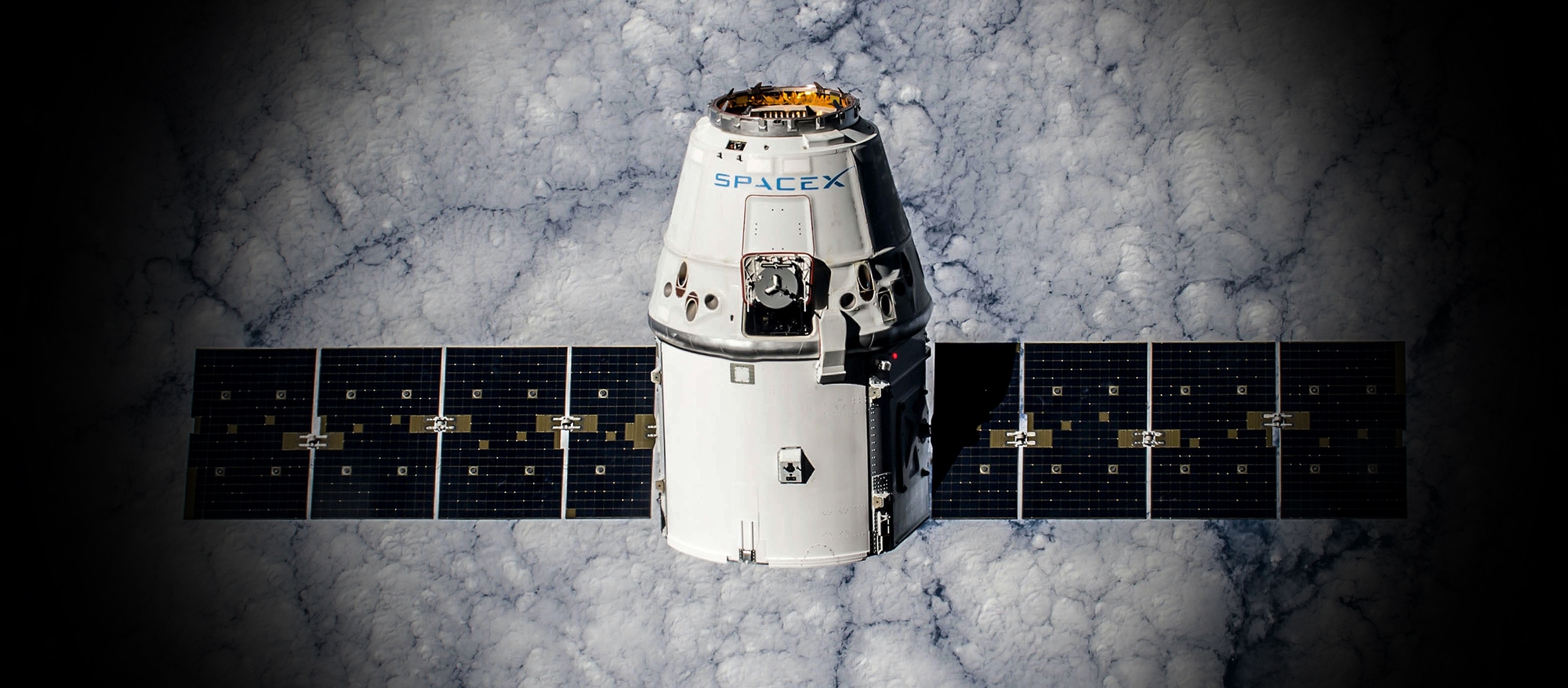
Why do I need a GPS tracker?
- 28 June 2021
The innovation of Global Positioning System (GPS) technology has brought an increased interest in location tracking as we travel openly, whether it be in our cars, on our bikes or by foot...
Our innovative LiveTrack technology pinpoints specific locations on a map, conveniently connecting them directly to your mobile device, ensuring a feeling of security in the safety of yourself, your loved ones and your personal belongings.
What is GPS
To put it simply
Our GNSS receiver modules make it possible to receive and decipher satellite signals. With the data they obtain from decoding GNSS signals, the tracker can calculate the distance between itself and the satellites and cross-references that information to triangulate its exact location.
There you have it, space navigation - pretty neat, huh!
Initially, the GPS was restricted to U.S. military use only. But, by the early 1980s, the U.S. Government grant limited civilian access that they regulated with a program called "Selective Availability". This program was to prevent exploitation and degraded the quality of GPS signals accessible by civilians. On May 1st, 2000 - "Selective Availablity" was lifted by President Bill Clinton - and soon after that, the boom in GPS related technology began.
The "boom" has seen GPS related technology appear in almost every industry, on every continent, and even though we may not know it, it has grown the GPS into becoming a fundamental part of everyday life. From nautical, aerial, and terrestrial navigation to time-keeping, surveying, charting, supply aid in recreational activities and their safety, and support the preservation & monitoring of ecosystems. Just a few examples of how everyday life has benefited from the development of GPS technology.
'Navigating' us back to the development of our LiveTrack GPS range! And, more importantly, why you need a GPS tracker.
Knowledge - so you can have access to knowing when and where things are.
Tracking has grown into a necessity following the conception of Global Navigational Satellite Systems (GNSS), such as the GPS, in the late 1900s. Before these systems, knowing where something was, was just a thought that would leave you feeling anxious. Anxious about the safety of your assets, personal belongings and loved ones - pets, family members, even close friends.
But, with the innovation that GNSS offers, we can now access this knowledge and break free of that feeling - all we need is the right tool.
Our LiveTrack GPS collection offers you these tools. Bringing you the ability to oversee the security of your personal belongings, valuable assets, or even the safety of your loved ones, so you know when and where they are - when you need to know.
But, what is GPS?
GPS stands for "Global Positioning System" and refers to a constellation of satellites initiated by the U.S. Department of Defense in 1973 as a powerful and revolutionary navigational tool. The GPS provides navigation by broadcasting data in the form of radio waves which, when received and interpreted, tell us when and where in space a satellite is; a satellites geolocation.
How does this help with our positioning on Earth, though?
GPS trackers, such as our Livetrack GPS trackers, are embedded with a module called a: GNSS receiver. These modules allow us to receive satellite signals and decode them into the data we need - satellite geolocations. Once we know where in space a satellite is, it's smooth sailing from there to figure out where on Earth we are.
After learning a satellite's geolocation, the tracker can use that information to calculate its radial distance adjacent to that satellite. However, the distance from one satellite isn't enough to accurately pinpoint our location because the tracker could be anywhere around that radius (even in space, technically).
To remedy this, the receiver modules within our LiveTrack collection feature high performing engines (software). Capable of receiving and interpreting signals from different constellations and satellites concurrently. With data from at least four satellites together, the tracker can pinpoint its positioning with a method known as; trilateration. Narrowing distances of over 20,000km, in space, to within a few meters of the tracker's actual position on the ground.
To put it simply...
Our GNSS receiver modules make it possible to receive and decipher satellite signals. With the data they obtain from decoding GNSS signals, the tracker can calculate the distance between itself and the satellites and cross-references that information to triangulate its exact location.
There you have it, space navigation - pretty neat, huh!
Initially, the GPS was restricted to U.S. military use only. But, by the early 1980s, the U.S. Government grant limited civilian access that they regulated with a program called "Selective Availability". This program was to prevent exploitation and degraded the quality of GPS signals accessible by civilians. On May 1st, 2000 - "Selective Availablity" was lifted by President Bill Clinton - and soon after that, the boom in GPS related technology began.
The "boom" has seen GPS related technology appear in almost every industry, on every continent, and even though we may not know it, it has grown the GPS into becoming a fundamental part of everyday life.
From nautical, aerial, and terrestrial navigation to time-keeping, surveying, charting, supply aid in recreational activities and their safety, and support the preservation & monitoring of ecosystems. Just a few examples of how everyday life has benefited from the development of GPS technology.
'Navigating' us back to the development of our LiveTrack GPS range! And, more importantly, why you need a GPS tracker.





